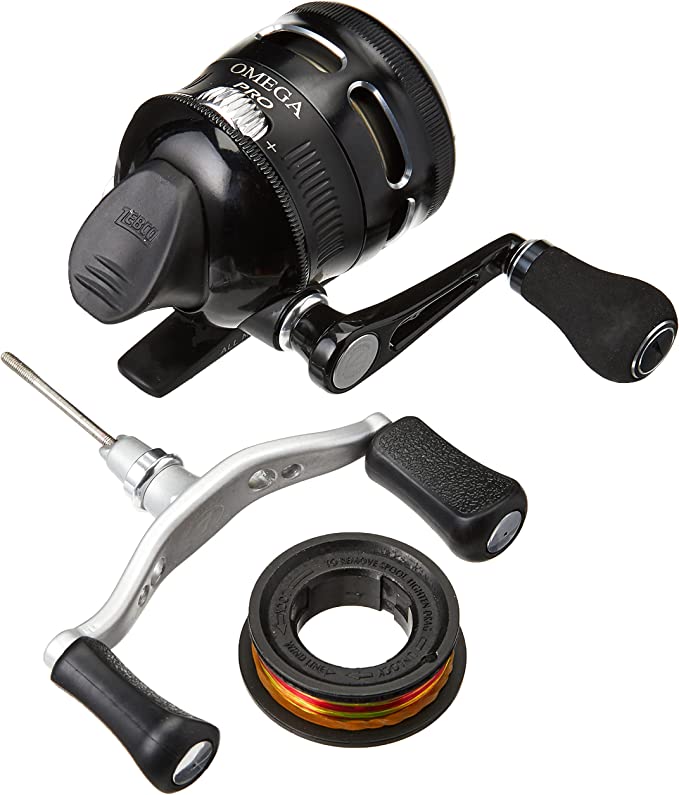Stereoscopic Ballistics: Why 15x56 Binoculars Are Replacing Spotting Scopes on the Firing Line
Update on Nov. 19, 2025, 6:59 p.m.
For decades, the spotting scope has been the singular cyclops of the firing line. It offered magnification that binoculars simply couldn’t match. But it came with a physiological cost: eye fatigue, the loss of depth perception, and the “squint headache” known to every spotter after a long match.
The Bushnell Match Pro ED 15x56 represents a paradigm shift in observation optics. It is not merely a pair of binoculars with high magnification; it is a purpose-built optical instrument designed to leverage the brain’s natural processing power—Stereoscopic Vision—to solve the specific problems of long-range ballistics. By analyzing its optical path and mechanical innovations, we can understand why the era of the one-eyed spotter may be drawing to a close.

The Physics of Transmission: Why Abbe-Koenig Matters
To deliver a usable image at 15x magnification, an optical system faces a severe challenge: light loss. As magnification increases, the Exit Pupil (the beam of light hitting your eye) shrinks. For a 15x56 configuration, the exit pupil is roughly 3.7mm ($56mm \div 15$). In low light, this can result in a dim, muddy image.
Bushnell addresses this not just with glass, but with geometry. Instead of the common Schmidt-Pechan roof prisms found in compact binoculars, the Match Pro ED utilizes Abbe-Koenig prisms. * Total Internal Reflection: Abbe-Koenig prisms rely on total internal reflection for all light bounces, whereas Schmidt-Pechan prisms require a mirror coating on one surface (which always absorbs some light). * Transmission Efficiency: This design allows for significantly higher light transmission percentages. It is longer and heavier—contributing to the unit’s substantial length—but it ensures that the photon count reaching the retina is maximized. When observing “trace” (the disturbance of air caused by a supersonic bullet), contrast and brightness are non-negotiable. The Abbe-Koenig system provides the optical throughput necessary to resolve these subtle atmospheric distortions.
The Geometry of Measurement: The Rotatable Reticle Problem
Integrating a reticle into binoculars introduces a geometric paradox that riflescopes do not face: Interpupillary Distance (IPD).
When you adjust binoculars to fit the width of your eyes, the barrels hinge around a central axis. As the barrels move, any fixed reticle inside them will rotate relative to the horizon. A reticle that is level at a 65mm IPD will be tilted at a 60mm or 70mm IPD. A tilted reticle renders MRAD calls inaccurate, as the vertical and horizontal axes no longer align with gravity.
Bushnell’s solution is the “Shot-Call” Rotatable Reticle. This mechanism allows the user to mechanically rotate the reticle housing independently of the barrel’s orientation. This decouples the reticle’s alignment from the user’s facial anatomy. It is a critical engineering fix that transforms the reticle from a gimmick into a precision measurement tool, allowing for accurate corrections in windage and elevation regardless of who is holding the optic.

Mechanical Consistency: The BridgeSet Stabilizer
Precision requires repeatability. In a dynamic environment like a PRS match or a hunt, bumping your optics and losing your IPD setting is a frequent frustration. The BridgeSet IPD Stabilizer acts as a mechanical “zero stop” for the binocular hinge.
By physically locking the barrel angle, it serves two purposes:
1. Instant Deployment: The user can pull the optics out of a case and immediately have perfect eye alignment without adjustment.
2. Reticle Synchronization: Since reticle level is dependent on barrel angle, locking the bridge ensures that once you level the reticle, it stays level. This eliminates the need to re-level the MRAD grid every time you deploy the optic.
The Weight Equation: Inertia as a Feature
At 52 ounces (3.25 lbs), the Match Pro ED is heavy. For a hiking binocular, this is a liability. For a 15x spotting instrument, it is a feature.
High magnification amplifies vibration. A lightweight 15x optic would be unusable due to “micro-jitters” caused by the user’s pulse or wind. The mass of the magnesium chassis provides Optical Inertia, dampening high-frequency vibrations and creating a more stable image. However, physics still dictates that 15x is beyond the limit of effective handheld use for fine detail. These binoculars are designed to be part of a Tripod System. The 1/4-20 mounting point is not an accessory port; it is the primary interface. Using these without a tripod is like trying to shoot a precision rifle offhand—possible, but it negates the inherent accuracy of the tool.

Conclusion: The Binocular Advantage
The Bushnell Match Pro ED 15x56 is an instrument that acknowledges the superiority of binocular summation—the brain’s ability to process images from two eyes to perceive depth and detail better than one. By combining the high-transmission Abbe-Koenig optical path with the mechanical precision of a levelable MRAD reticle, it bridges the gap between observation and measurement.
It is not a “general purpose” tool. It is a heavy, specialized piece of glass meant to live on a tripod. But for the shooter who needs to call a 0.2 MRAD correction on a splash at 1200 yards, it offers a clarity and ease of view that a cyclopean spotting scope simply cannot match.


















